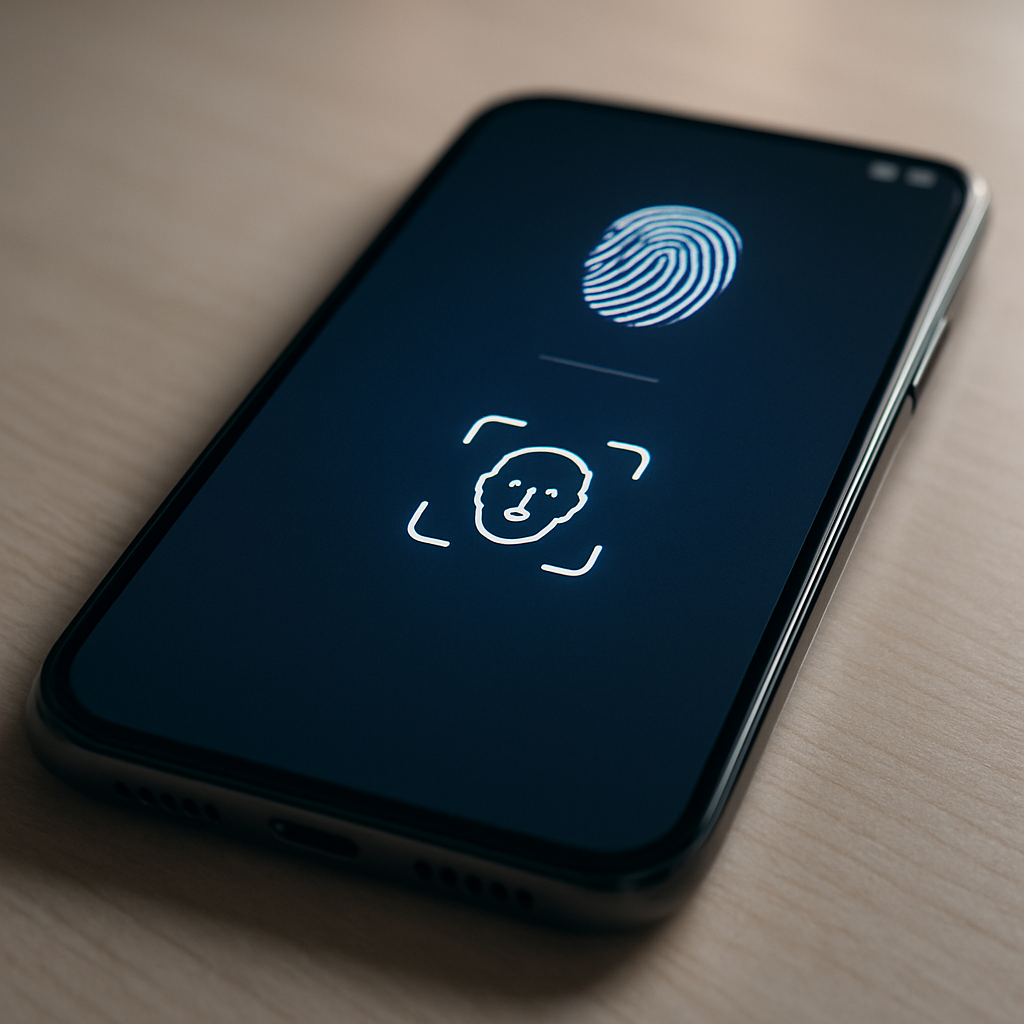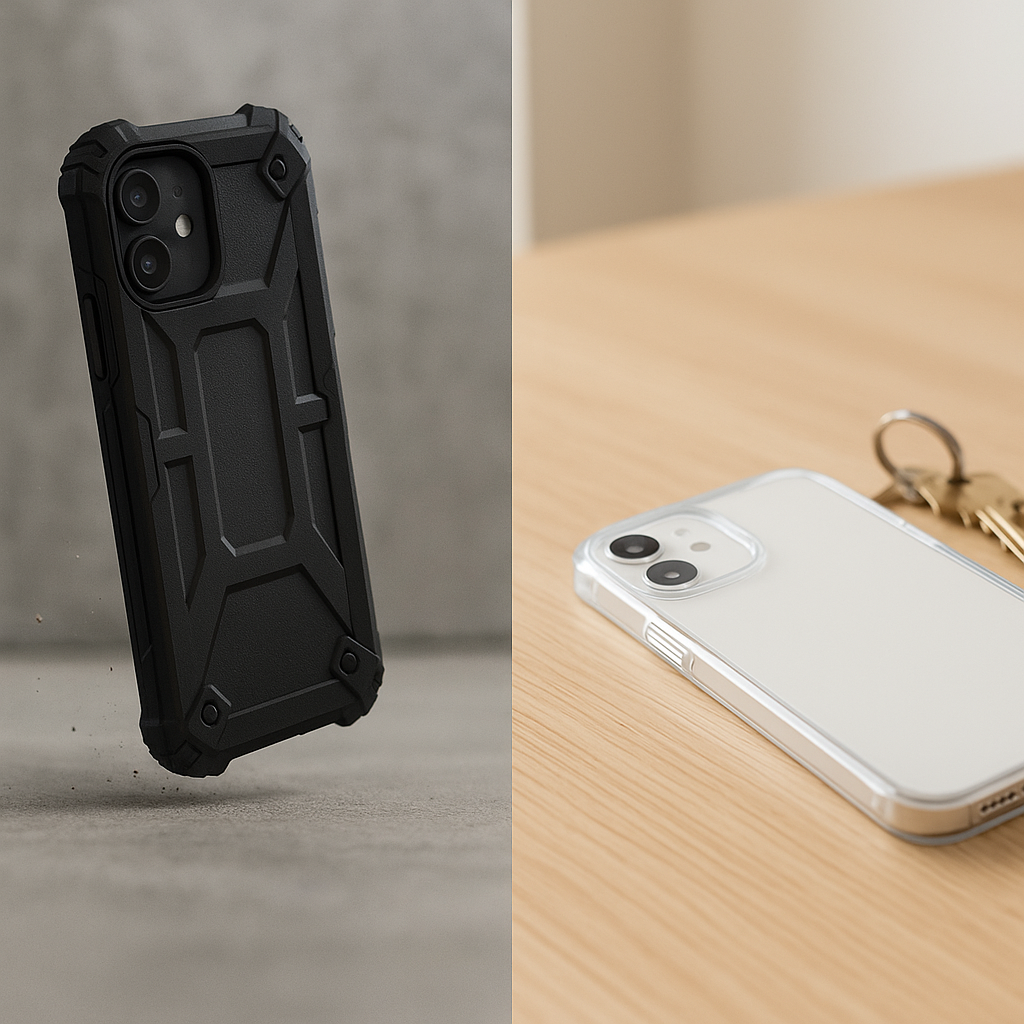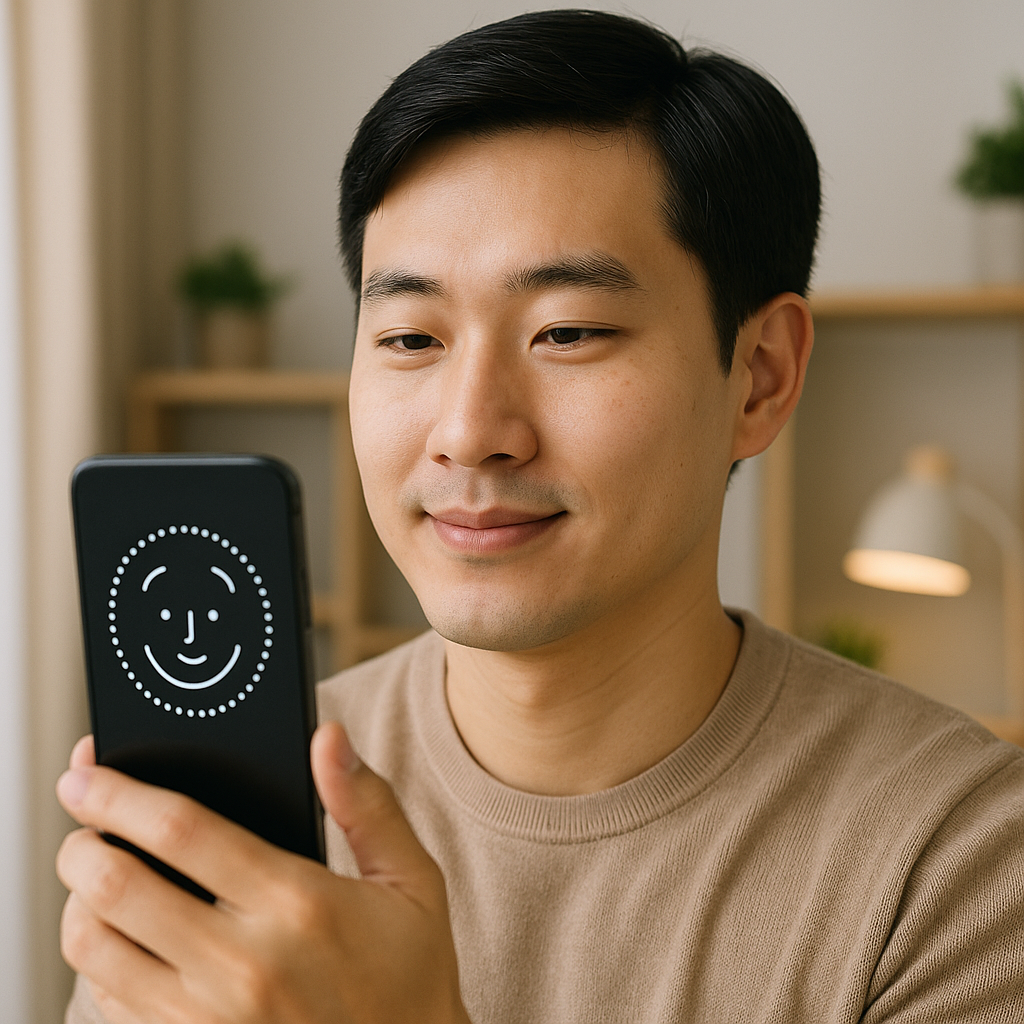Complete Guide to Telefono Apsauga: How to Secure and Protect Your Mobile Device
In today's connected world, our smartphones have become essential extensions of ourselves. They store our personal information, financial details, photos, and maintain our connections to the digital world. This makes proper "telefono apsauga" (phone protection) not just a recommendation but a necessity. Whether you're concerned about physical damage, digital threats, theft, or loss, comprehensive protection requires understanding various aspects of mobile security. This guide will walk you through everything you need to know about keeping your device safe, secure, and protected against all potential threats.
Understanding the importance of telefono apsauga
The term "telefono apsauga" translates to "phone protection" in Lithuanian, encompassing all measures taken to secure your mobile device. This protection spans multiple dimensions, from safeguarding against physical damage to preventing unauthorized access to your personal information.
Mobile devices face numerous threats daily. Physical risks include drops, liquid damage, and screen cracks. Digital vulnerabilities involve malware, phishing attempts, and data breaches. Additionally, theft and loss present significant concerns for device owners, potentially exposing sensitive personal and financial information.
The consequences of inadequate smartphone security can be severe. Beyond the financial cost of replacing a damaged or stolen device, there's the potential exposure of banking details, personal photos, private conversations, and access to various accounts. As our reliance on mobile devices increases for authentication and financial transactions, the stakes for proper protection continue to rise.
Smartphone security has become essential not just for personal use but also for professional environments where devices often contain sensitive company information. Mobile phone protection encompasses multiple layers of security measures that work together to create a comprehensive defense system.
Case Study – Common Threats and Losses
Lithuanian smartphone users frequently encounter several specific threats. Screen damage remains the most common physical issue, affecting nearly half of all smartphone owners at some point. Digital threats are dominated by malicious apps and phishing attempts that target banking information. Device theft, particularly in urban areas and public transportation, continues to be a concern for many users.
Understanding these risks is the first step toward implementing effective device safety measures across all potential vulnerability points.
Physical protections for your smartphone
Physical damage represents the most common threat to smartphones, with drops, impacts, and liquid exposure leading the list of culprits.
Quality cases provide the first line of defense against physical damage. When selecting a protective case, consider factors like drop protection rating, material quality, and design features such as raised edges to protect the screen when placed face-down. Shockproof cases with reinforced corners offer superior protection against impacts by absorbing and distributing force away from the device.
Screen protectors add another essential layer of defense. Modern options include tempered glass protectors that offer significantly better protection than plastic alternatives. These protectors absorb impact force that would otherwise crack your screen, while also preventing scratches from keys or other objects.
Waterproofing solutions have evolved significantly. While many newer smartphones come with factory water resistance, additional protection through waterproof cases can be valuable for beach trips, outdoor activities, or environments where liquid exposure is likely. Some specialized cases can protect devices even during complete submersion.
Regular maintenance also contributes to physical device longevity. This includes cleaning charging ports, keeping the device at appropriate temperatures, and avoiding overcharging, which can degrade battery health over time.
Choosing the right accessories for everyday protection
When selecting protective accessories, consider your lifestyle and typical usage patterns. Active individuals may benefit from rugged, military-grade cases, while those who rarely drop their phones might prefer slimmer options that offer moderate protection without added bulk.
Popular protective case types include:
- rugged cases (maximum protection but bulkier)
- slim cases (basic protection with minimal added size)
- wallet cases (protection plus storage for cards and cash)
- battery cases (protection with extended power capacity)
Screen protection options have similarly diversified, with privacy screen protectors that prevent visual snooping, anti-glare protectors for outdoor use, and various hardness ratings to match different protection needs.
Digital security: safeguarding your data and privacy
While physical protection defends your device's hardware, digital security safeguards the data and information contained within.
The foundation of mobile data security begins with strong authentication.
Use strong PINs (avoid obvious combinations like 1234 or 0000), pattern locks, or preferably, biometric security such as fingerprint scanning or facial recognition. Enable two-factor authentication whenever possible, especially for sensitive applications like banking and email services.
Installing a reputable phone antivirus application provides essential protection against malware, ransomware, and other digital threats. These applications scan downloaded content, monitor system changes, and alert you to potential security breaches before they compromise your data.
Regular software updates are crucial for security. Manufacturers regularly patch security vulnerabilities through system updates – ignoring these updates leaves your device exposed to known security flaws that hackers can exploit.
Application permissions management represents another vital aspect of digital protection. Review permissions requested by apps during installation and regularly thereafter. Question why a simple game might need access to your contacts or location data, and revoke unnecessary permissions through your device settings.
Secure browsing habits provide additional protection. Avoid connecting to unsecured public Wi-Fi networks without using a VPN (Virtual Private Network). Be cautious about clicking links in emails or messages, even when they appear to come from trusted sources.
Recommended security apps and settings
Several secure phone apps stand out for their comprehensive protection features:
- security suites that combine antivirus, anti-theft, and privacy tools
- dedicated VPN applications for encrypted internet connections
- password managers that generate and store complex, unique passwords
- encrypted messaging platforms for private communications
Essential security settings to configure include:
- automatic screen lock (set to activate after short periods of inactivity)
- encryption of device data
- automatic backups to secure cloud storage
- remote location and wiping capabilities
Theft prevention and recovery strategies
Despite careful precautions, theft and loss remain significant risks for mobile device owners.
Proactive theft prevention begins with mindful behavior. Maintain awareness of your surroundings when using your device in public places. Avoid leaving your phone unattended or visible through vehicle windows. Consider using discreet cases rather than flashy options that attract attention to valuable devices.
Anti-theft apps offer powerful features that activate after loss or theft. These applications can track lost phones via GPS, take photos of anyone attempting to unlock the device, sound alarms, and lock or wipe the device remotely. Many mobile operating systems now include these features by default – "Find My Device" for Android and "Find My" for iOS.
Record your device's IMEI number (typically found in settings or by dialing *#06#) in a secure location separate from your phone. This unique identifier helps authorities track stolen devices and prevents them from being reactivated on mobile networks.
SIM card locking provides another layer of security. By setting a PIN code for your SIM, you prevent unauthorized users from accessing your cellular service or racking up charges if they manage to remove the SIM from your stolen device.
What to do if your phone is stolen
If your device is stolen or lost, take these immediate actions:
- Use another device to access your device tracking service and attempt to locate your phone
- Remotely lock your device and display a recovery message with alternative contact information
- Contact your mobile service provider to report the theft and suspend service
- Change passwords for sensitive accounts that were accessible through your device
- File a police report, providing your device's IMEI number and any tracking information
- If recovery seems unlikely, use remote wipe features to protect your data
The speed of your response significantly impacts the likelihood of recovery and limits potential data exposure.
Telefono apsauga for families and children
Families face unique mobile security challenges, particularly regarding children's device use.
Parental controls form the foundation of family device safety. Modern mobile operating systems include robust parental control features that allow guardians to manage app installation, screen time limits, content filtering, and location tracking. Third-party applications can provide even more granular control over children's digital experiences.
Kid-proof cases offer enhanced physical protection for devices used by children.
These cases typically feature thick, shock-absorbing materials, secure grips to prevent drops, and sometimes stands for hands-free viewing. Some specialized cases can withstand extraordinary abuse, making them ideal for younger users.
App monitoring allows parents to track which applications their children are using and for how long. This information helps identify potentially problematic usage patterns and applications that might expose children to inappropriate content or online risks.
Education remains perhaps the most important aspect of family device protection. Teaching children about online safety, the importance of privacy, and responsible digital citizenship creates lasting habits that protect them far better than technical solutions alone.
Family sharing features on modern devices facilitate easier management of multiple devices while maintaining appropriate boundaries. These features allow parents to approve purchases, share subscriptions, and monitor activity across family devices from a central dashboard.
For younger children, consider simplified launcher applications that restrict access to approved apps only, creating a safer digital environment tailored to their needs and maturity level.
Conclusion
Comprehensive telefono apsauga requires a multi-faceted approach addressing physical protection, digital security, theft prevention, and family-specific concerns. By implementing appropriate measures in each of these areas, you can significantly reduce the risks associated with smartphone ownership and use.
Begin by assessing your specific needs and usage patterns, then implement appropriate physical protections through quality cases and screen protectors. Secure your digital presence with strong authentication, security applications, and mindful permissions management. Prepare for potential theft or loss by enabling tracking features and recording essential device information. Finally, if you have family members using mobile devices, implement appropriate controls and educational approaches based on their ages and needs.
The small investment of time and resources required for proper mobile protection pales in comparison to the potential costs of device replacement, data loss, or privacy breaches. By taking proactive steps today, you can enjoy the benefits of mobile technology with greater confidence and peace of mind.
Frequently Asked Questions
What is telefono apsauga and why is it important?
Telefono apsauga means mobile phone protection, covering both physical and digital threats. It's crucial to prevent loss, damage, and data breaches that can disrupt your daily life.
How can I best protect my smartphone from physical damage?
Use high-quality cases and screen protectors, avoid drops, and keep your device away from water and extreme temperatures.
Which apps help improve smartphone security?
Leading antivirus and security apps like Bitdefender, Norton, and Kaspersky offer features such as malware scanning, app permission control, and anti-theft tools.
What immediate actions should I take if my phone is stolen?
Lock and track your device using built-in security tools, contact your carrier to block your SIM, report the theft to police, and consider remote wiping your data.
Are there special protections for children's or family phones?
Yes, use parental control apps, enable safe browsing, educate kids on security habits, and choose durable, kid-proof cases.



























